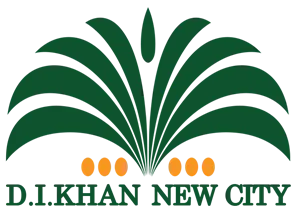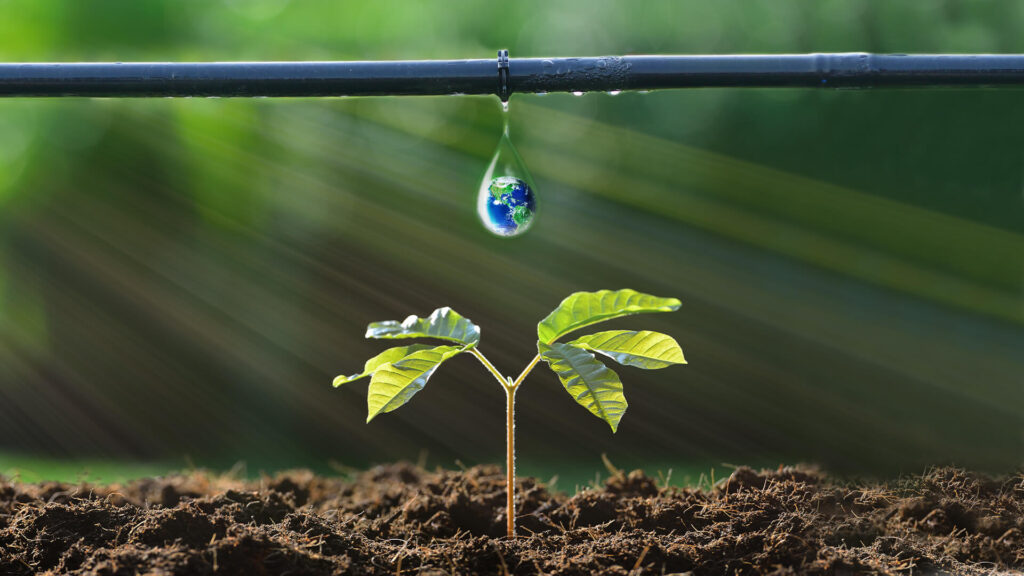D. I. Khan New City is taking a major step toward sustainable urban development by introducing a state-of-the-art drip irrigation system. This forward-thinking initiative focuses on building an eco-friendly urban environment, conserving water, and enhancing green spaces across the city. In this blog, we’ll walk you through the early planning and key steps taken to bring this innovative project to life.
Understanding Drip Irrigation
To begin with, drip irrigation is an advanced and highly efficient method of watering plants. It works by delivering water directly to the roots, thereby minimizing waste and maximizing plant health. Unlike traditional methods, this system significantly reduces evaporation, making it particularly effective for the arid climate of D. I. Khan.
Let’s break down how this system operates:
1. Water Source Connection
First of all, the system starts with a water source, such as a well or a storage tank, connected to a main supply pipe. As water flows through this pipe, it is filtered to prevent blockages and ensure a smooth operation.
2. Mainline Distribution
Next, the water travels from the main pipeline into smaller lateral pipes made from durable plastic tubing. These pipes are strategically placed in the fields near the plants to ensure direct and efficient distribution.
3. Emitters or Drippers
In this step, small emitters or drippers are positioned along the lateral lines. These release water slowly and consistently at the base of each plant. As a result, water is absorbed efficiently into the soil without overflow or waste—thus reducing evaporation and promoting deep soil penetration.
4. Pressure Regulation and Control
Moreover, a pressure regulator is used to maintain a steady water flow throughout the system. In addition, control valves help adjust the rate of water distribution, which is essential for aligning irrigation with crop needs and changing weather conditions.
5. Automation and Monitoring
To further boost efficiency, modern drip irrigation systems incorporate timers and sensors. These allow scheduled watering and reduce reliance on manual labor, making the system more intelligent and responsive.
Planning and Preparation
Before moving into implementation, our team carried out extensive research and detailed planning. We partnered with experts in both irrigation technology and local environmental conservation to ensure the system would meet the specific requirements of D. I. Khan’s landscape. As a result, the plan is both effective and environmentally sustainable.
Sustainability Goals
Importantly, this project is aligned with our broader mission to reduce water consumption in D. I. Khan New City. Through the adoption of drip irrigation, we aim to cut water usage in green spaces by up to 50%, supporting our goal of creating a greener and more sustainable environment for all residents.
Conclusion
In summary, D. I. Khan New City’s drip irrigation project is laying the foundation for a more sustainable and eco-conscious future. With proper planning, advanced technology, and a strong commitment to the environment, we are well on our way to transforming the city’s landscape.
Stay tuned for our next blog, where we will explore the technical aspects of installing this cutting-edge irrigation system and showcase how it’s revolutionizing urban greenery in Pakistan.

